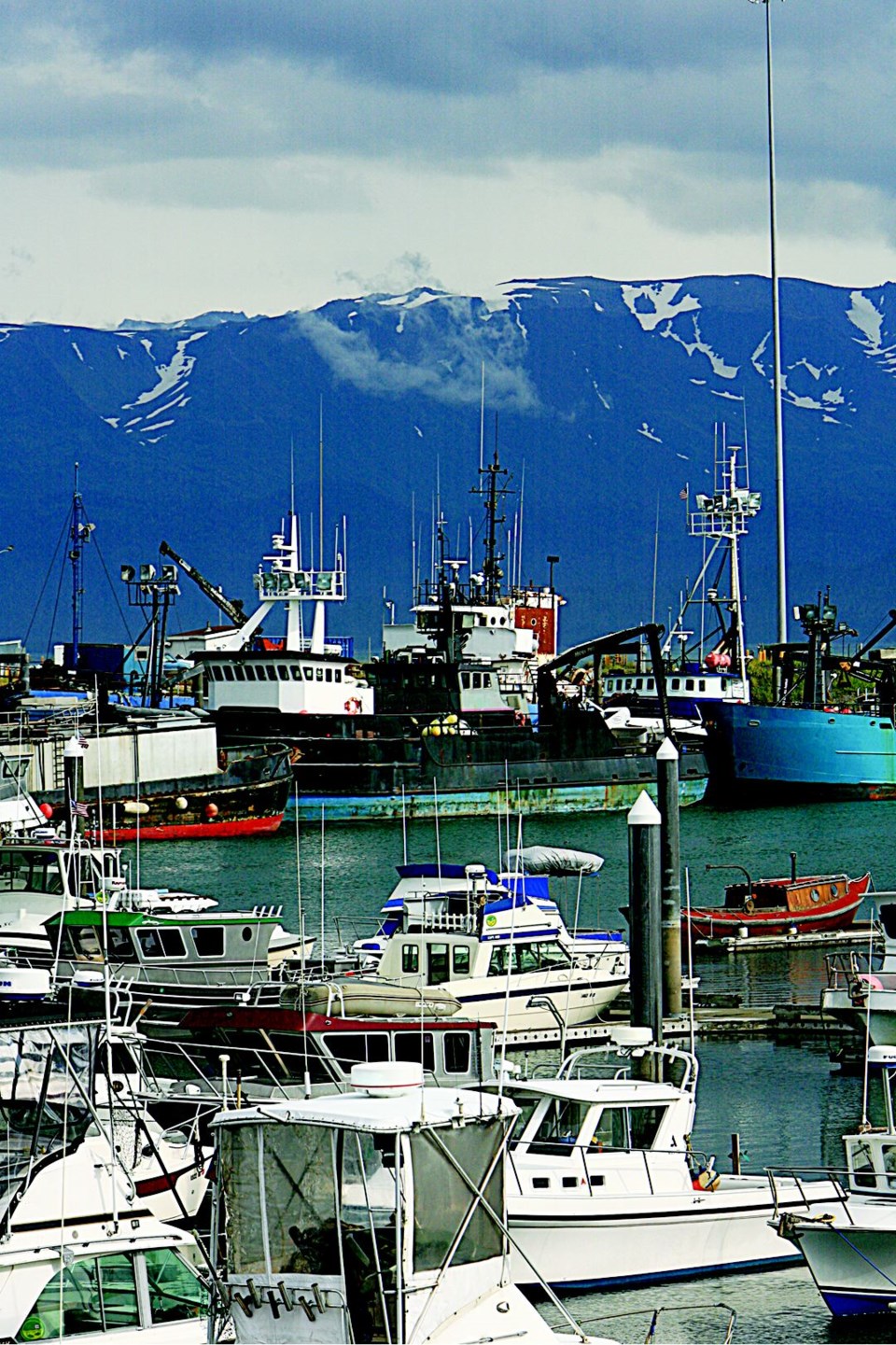For many people the hazards of working involve the chance for carpal tunnel syndrome or a thumb blister from sending too many texts from their mobile devices. Thousands of other people risk their lives every day they go to work with some of the most dangerous jobs in the world.
A commercial fisherman profession has routinely topped the list as the most dangerous job around. Many people turn their passion for the hobby of fishing into a full-time career. But the risks involved with fishing can make that particular career move one of the more dangerous.
Estimates from Newsweek and the Discovery Channel state that for every 100,000 full-time fishing workers, there are 200 fatalities and 800 injuries each year, making it a risky profession to say the least.
There are a number of dangers onboard. One of the biggest risks is failure to return to shore. Each year, many fishing boats set sail from popular ports around the country, such as Dutch Harbor, Alaska and Gloucester, Mass. never to return.
Even with technological advancements that make it easier to predict the weather, sudden storms can come out of nowhere.
Other dangers include clothing snagging on chains or gear dragging workers overboard. Fishermen who work in extreme cold also run the risk of hypothermia.
In addition to the water and weather, fishermen work with gear and equipment that can tip the scales at several hundred pounds.
In such an environment, a quick jolt from the ocean or a momentary lapse in concentration can cause a serious injury.
While many different types of fishing can be unsafe, crab fishing seems to be the most dangerous. Crab seasons, particularly in Alaska, can last anywhere from a few days to weeks in the fall and winter. Each boat is on the hunt for a prize that can garner hundreds of thousands of dollars per haul.
This can lead to a frenzy of boats all seeking the same bevy of crabs.
Fishing for crabs involves launching 800-pound cages known as "crab pots." Both the heavy crab pots and the mechanical launchers that send these pots into the water can sweep workers off their feet and into the icy water.
Combine that with extreme cold of an Alaskan winter and 20 hour workdays, and crab fishing can take an emotional and physical toll on the body.
Crab fishing tends to be one of the more lucrative types of seafood fishing. Crab fisherman can earn anywhere between two and 10 per cent of the ship's profit.
Some people walk away with $50,000 for a week's worth of work. On average, the median income for commercial fisherman can range from $22,000 to $28,000 per year.
There is no definitive number of commercial fisherman working in the U.S. and Canada. That's because fishing can be a seasonal activity.
Sometimes fisherman take a second job doing the work or they switch jobs frequently, moving from ship to ship.
Although the job of fishing consistently places in the top three of the most dangerous jobs, people continue to flock to this occupation.



